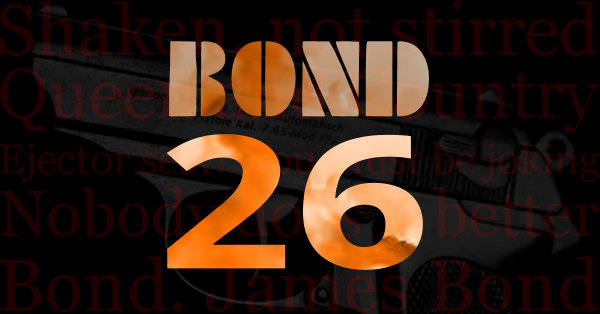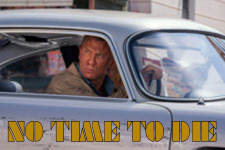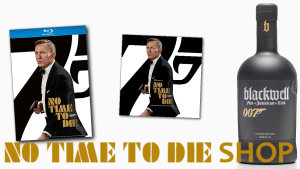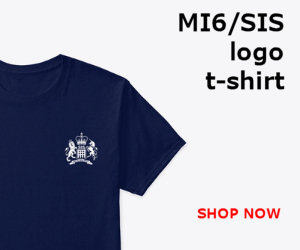Although Ian Fleming tried and failed to bring his creation to the big screen, it took the combined efforts of a Canadian and Italian American to bring the first James Bond film to the big screen. This article takes a look at how Dr No came to be made.
Interest in bringing Dr No to the big screen started with Harry Saltzman. After reading the book, Harry approached Fleming and secured the rights to shoot the movie based on his secret agent character. During this period, he was approached by another producer, Albert Broccoli who also wanted to shoot the movie and attempted to buy the rights to this end. Although Saltzman declined to sell the rights, he reached a compromise with Broccoli where both would form a partnership and coproduce the movie.
To smoothen out the terms of the proposed relationship, both men cofounded Eon Productions and Danjaq (formed from the first three letters of the names of their wives, Dana and Jaquie). Danjaq was used in holding the rights to the movies and served as holding company for Eon.
In the beginning, both men considered adapting a movie of the Bond novel, Thunderball. Unfortunately, a dispute between the Fleming and a Kevin McClory, co-author of an early draft of the screenplay that Fleming used without permission for his novel forced them to reconsider their decision. In the end, the growing popularity of rocket testing encouraged them to choose Dr No. After some work had been done on the script, they began to approach studios with the film idea.
With the memories of the Second World War slowly fading and interest in epic movies on the rise, many studios were skeptical of the movie, thinking it too sexual and too British. However, shortly before the option on the scripts expired, they were able to convince United Artists to produce the movie with a tentative release for 1962.
Terrence Young was chosen to direct Dr No. His relationship with Broccoli, whom he had worked for on other films, played a huge part in the decision. The choice would prove a shrewd one as the movie’s faithful adaptation would later prove. However, he was only offered the position after other directors, Guy Hamilton and Guy Green had turned down the position.
Unlike the present Bond movies which have millions of dollars in their budget, the producers struggled to get enough backing for Dr No. In the end the studio provided only $1 million for the entire production of the movie—a figure that was barely enough. Because of the budget constraints, the producers had to make a lot of sacrifices so that the movie could be completed.
For instance, the office of M was designed with the used of cardboard paintings and the only sound editor was used for both the dialogue and sound effects. The producers also had to find cheaper ways of designing the sets often using synthetics to simulate other fabrics. The movie’s financing was so stifled that corrections could not be made to the credits when the art director Syd Cain was accidentally omitted.
Despite the budget cutbacks, the movie was a financial success earning over $50 million in worldwide box office sale. A similar success with the sequel, From Russia With Love (1963) ensured that it would be followed by 22 other installments during the course of the following half-century.
Many of the features that have become vintage Bond were established during the very first movie. For instance, the popular title sequences where James Bond is introduced through a view shot through the barrel of a gun began with Dr No. The sequence was created and designed by Maurice Binder, who also worked on creating an aesthetically stylish title sequence that would become the default standard for subsequent Bond movies.
With each installment, the success of the franchise grew. And while some people might struggle to remember the entire list of the cast, very few people will forget Ursula Andress’s visual introduction as the bikini clad Honey Ryder. Or the eternal impact of Bond’s introduction to Sylvia Trench:
“I admire your luck Mr…”
“Bond. James Bond.”









